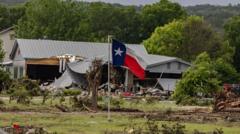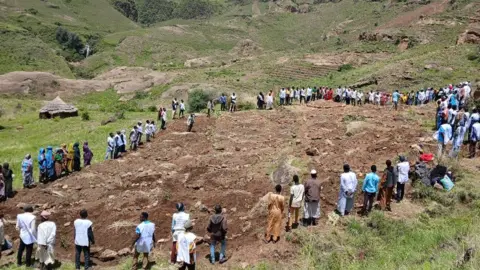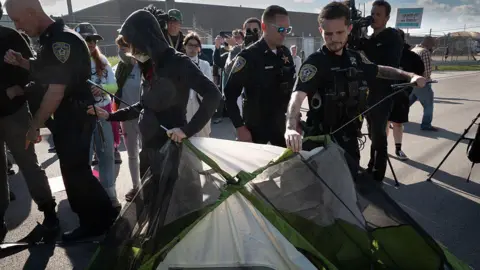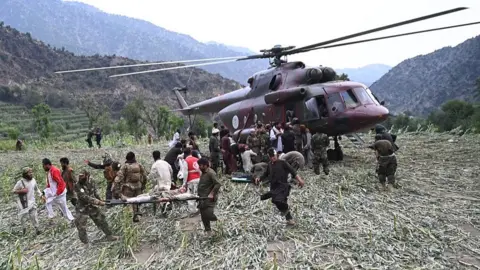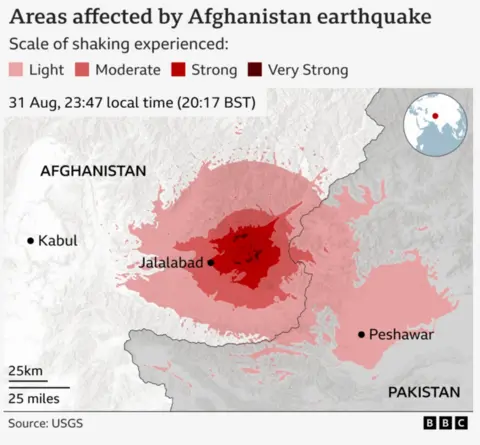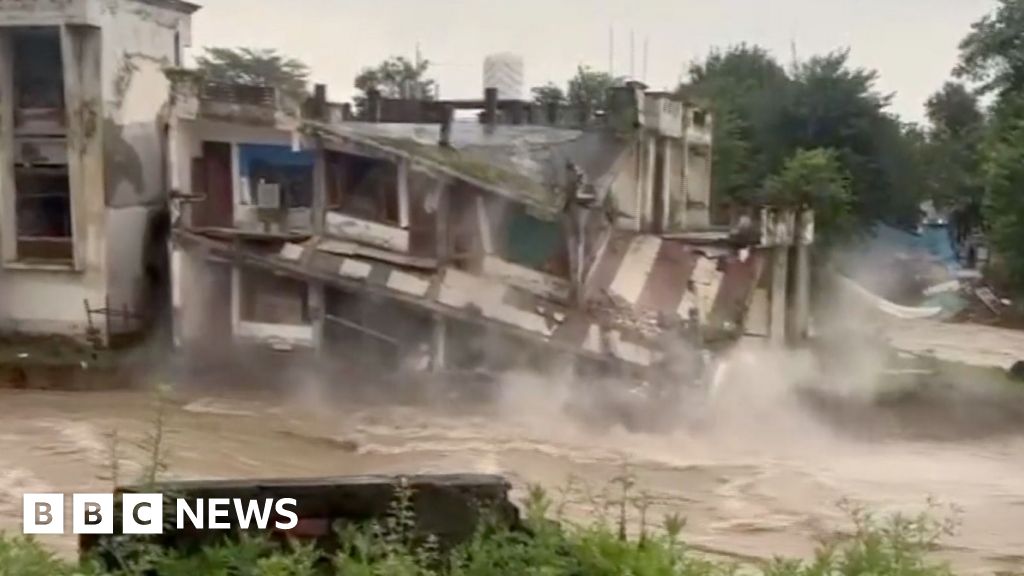Texas officials are currently grappling with a barrage of inquiries regarding the response to the devastating flash floods in Kerrville that occurred on July 4th, resulting in the loss of 96 lives and leaving more than 160 individuals unaccounted for. At a press conference, Kerrville Police Community Services Officer Jonathan Lamb admitted to not having full information about potential failures in police radio systems during the crisis, speaking almost a week after the disaster struck.
The urgency of these questions was amplified following a heated exchange at a previous press event, wherein reporters pressed officials about delays in notifying the public about the severe flooding. Eyewitness accounts reveal that the Guadalupe River surged dramatically, inundating the area with about 100 billion gallons of rain in a short period; nevertheless, many residents were not warned in time.
ABC News obtained an audio clip indicating that a firefighter requested a CodeRED alert for nearby residents around 4:22 AM. However, it was nearly six hours before Kerr County officials managed to send out alerts, at which point hundreds had already been trapped by floodwaters. “Is there any way we can send a CodeRED out to our Hunt residents, asking them to find higher ground or stay home?” the firefighter asked, to which the dispatcher suggested waiting for approval from a supervisor.
In a subsequent press conference, Kerr County Sheriff Larry Leitha acknowledged that he was informed of the flooding around 4:00 or 5:00 AM and stated that investigating the timeline of events will take time. Currently, the main focus remains on locating the missing individuals, with over 160 on the list, including campers from the nearby Camp Mystic. Since the floods, officials report that no additional survivors have been rescued.
Advanced weather alerts had been issued before the deluge, prompting the National Weather Service to warn residents of possible flooding. The Texas Division of Emergency Management activated state resources in anticipation of the storm. Officials noted factors such as poor cell service and public desensitization to flood warnings as contributors to the inadequate evacuation response.
In the aftermath, federal assistance is being provided, thanks to a disaster declaration signed by President Donald Trump at the request of Texas Governor Greg Abbott. The Federal Emergency Management Agency (FEMA) is now active in Central Texas, operating a disaster recovery center in Kerr County. On-the-ground rescue efforts are complicated by the hazardous conditions presented by mounds of debris, as search teams utilize drones, helicopters, and cadaver-detecting dogs in their efforts to locate the deceased among the wreckage.
Lieutenant Colonel Ben Baker of the Texas Parks & Wildlife Department emphasized the challenges faced by teams, describing the labor-intensive process of carefully navigating through debris to make recoveries. "It's extremely treacherous, time-consuming. It's dirty work. It's the water still there. We're having to go layer by layer, peeling these off," he explained. The tragedy has reignited conversations about the efficacy of emergency response systems and their critical role in saving lives during natural disasters.

